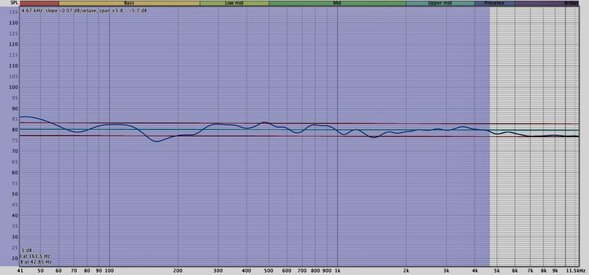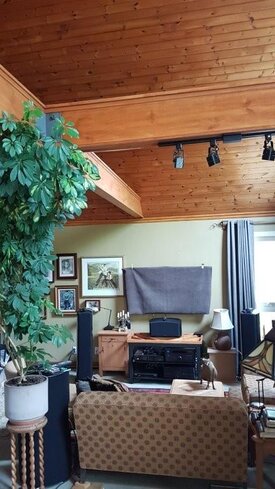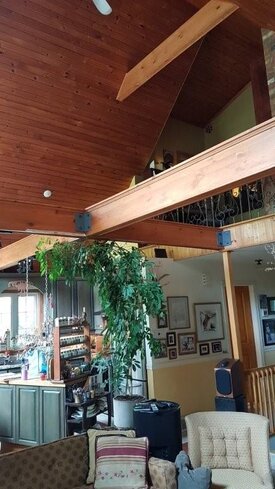FargateOne
Member
- Joined
- Jun 5, 2017
- Posts
- 296
More
- Preamp, Processor or Receiver
- Rotel RSX-1562
- Additional Amp
- Bryston 3B3 for fronts mains
- Universal / Blu-ray / CD Player
- Cambridge CXU
- Front Speakers
- B&W 804 D2
- Center Channel Speaker
- B&W HTM4D2
- Surround Speakers
- B&W 705
- Subwoofers
- SVS PC-2000 and SVS PC-2000 Pro
- Other Speakers
- 10 PEQ filters/channel in receiver with REW
- Video Display Device
- Samsung UN55ES8000
- Other Equipment
- miniDSP 2x4 HD
a much more sensitive test than music for many things like setting speaker toe in, fine tuning the listening position, fine tuning EQ, setting octave to octave balance (voicing), listening for resonances, and other uses.
Just move you head left and right and then front and back slightly. With some practice the sound will just snap into focus. That is the right spot.
Maybe it is difficult for you to follow 2 discussions in the same thread, you will say. I tried Pink noise full band at MLP and the sound was spot in the center in front of me. I switched polarity of left front. It was more difficult to find what you described as "were the noise sounds smooth AND the image just locks to a hole in the center" . Yes the sound goes from outside the fronts placement (sorry for my english) but I heared mid and high FR in the middle of my head or in front of me. Moving the head a little changed the SS&I. I play with the toe until the sound was spread evenly toward the room. I guess it wasn't what you meant. When I reverse the leads am I searching to recreate by toeing in the speakers the spot dead center I had befor doing so?








 Your suggestion to use the pink noise signal is very good, really much easier than to listen music or vocals!
Your suggestion to use the pink noise signal is very good, really much easier than to listen music or vocals!

 I went back to the exercise and tightened the angle to 37.5cm on each side of the MLP. My best result overall. Well defined PN signal image in the center in standard polarity and a well defined and stable hole (when I move my head from left to right and forward backword) in reversed polarity. With the music, the singer's voice well defined and the orchestra distributed in a wide SS&I.
I went back to the exercise and tightened the angle to 37.5cm on each side of the MLP. My best result overall. Well defined PN signal image in the center in standard polarity and a well defined and stable hole (when I move my head from left to right and forward backword) in reversed polarity. With the music, the singer's voice well defined and the orchestra distributed in a wide SS&I.


